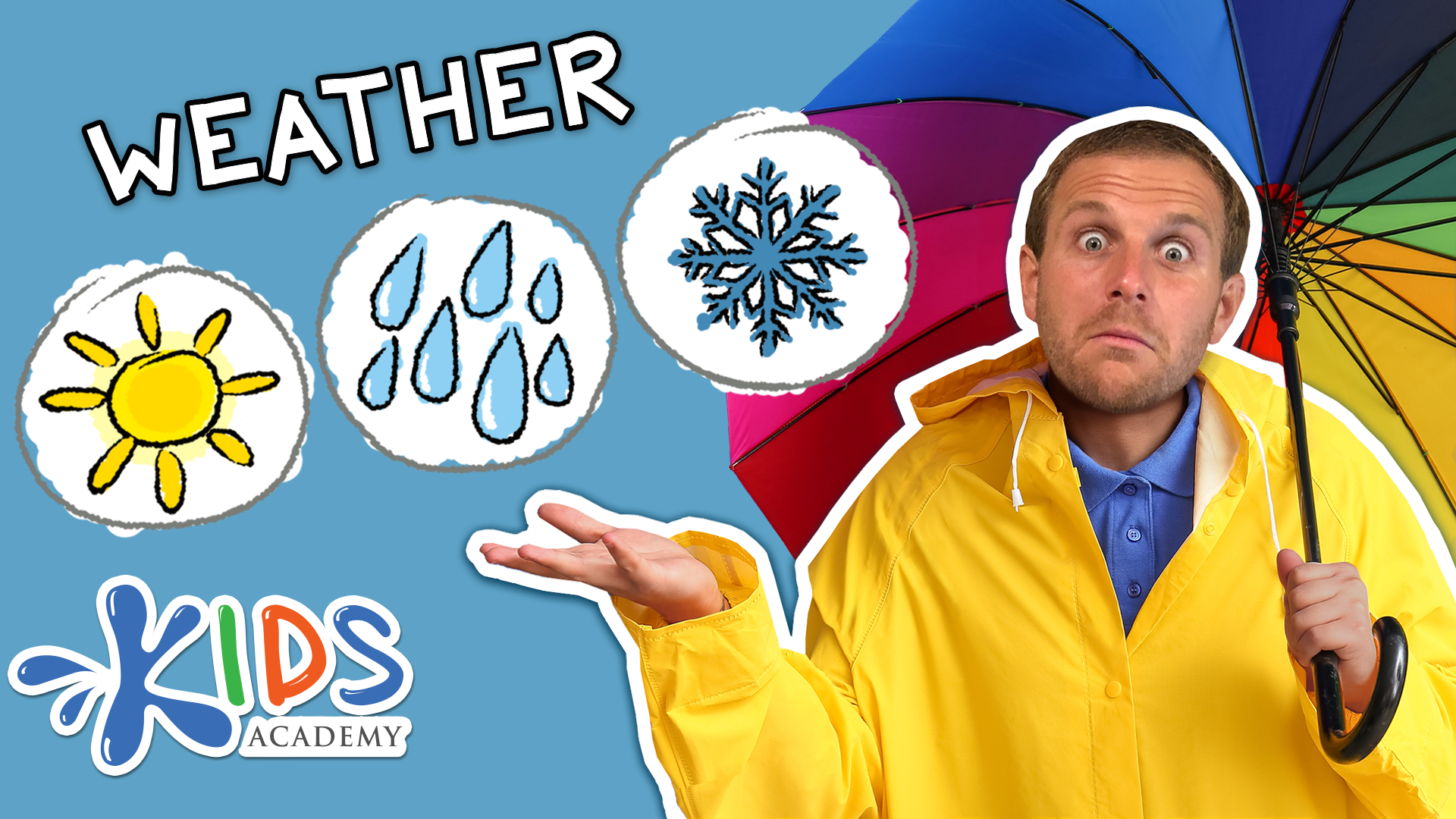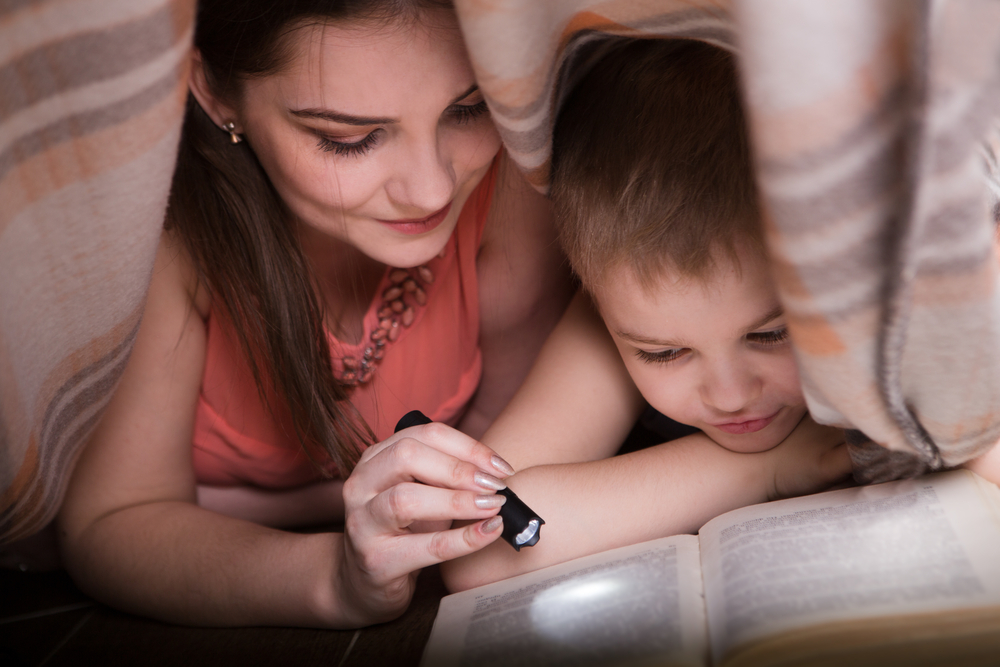Understanding comparisons Normal Worksheets for Ages 3-8
5 filtered results
-
From - To
Discover our engaging "Understanding Comparisons" worksheets tailored for children ages 3 to 8. These interactive activities help young learners grasp essential comparison concepts, such as more vs. less, bigger vs. smaller, and shorter vs. taller. Featuring colorful illustrations and simple instructions, the worksheets promote critical thinking and enhance vocabulary skills. Perfect for home or classroom use, these resources support the development of foundational math and literacy skills while making learning fun. Explore various exercises that cater to different learning styles, ensuring every child can flourish. Download and print our worksheets today to foster a passion for learning through comparison understanding!


Animal Features Worksheet


Comparing with a Third Object Worksheet
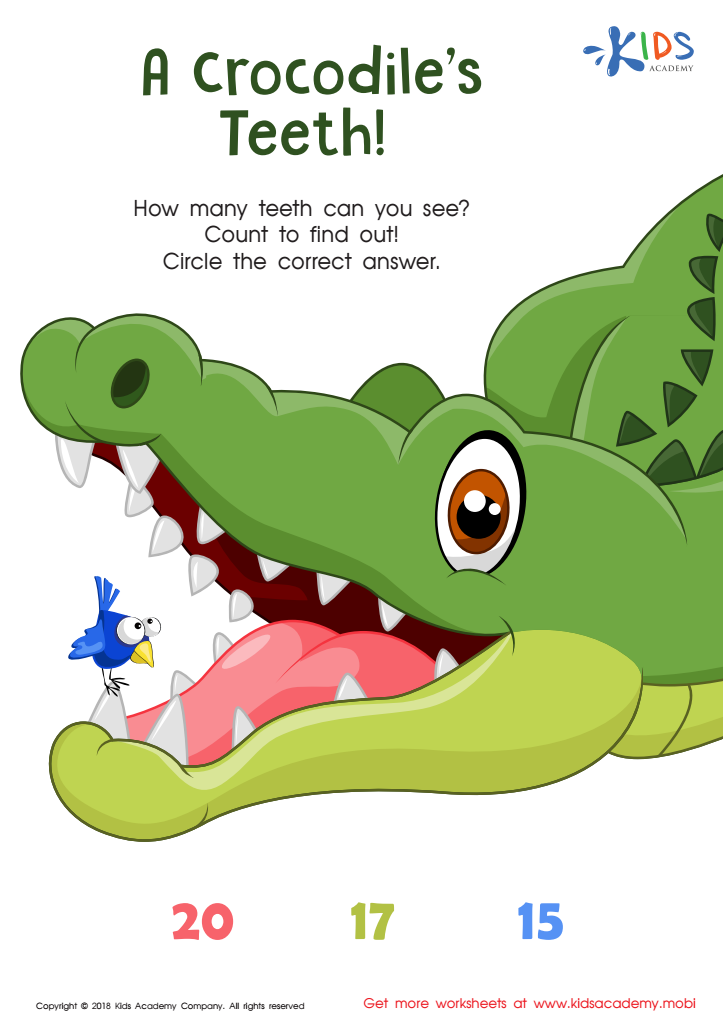

A Crocodile's Teeth Worksheet
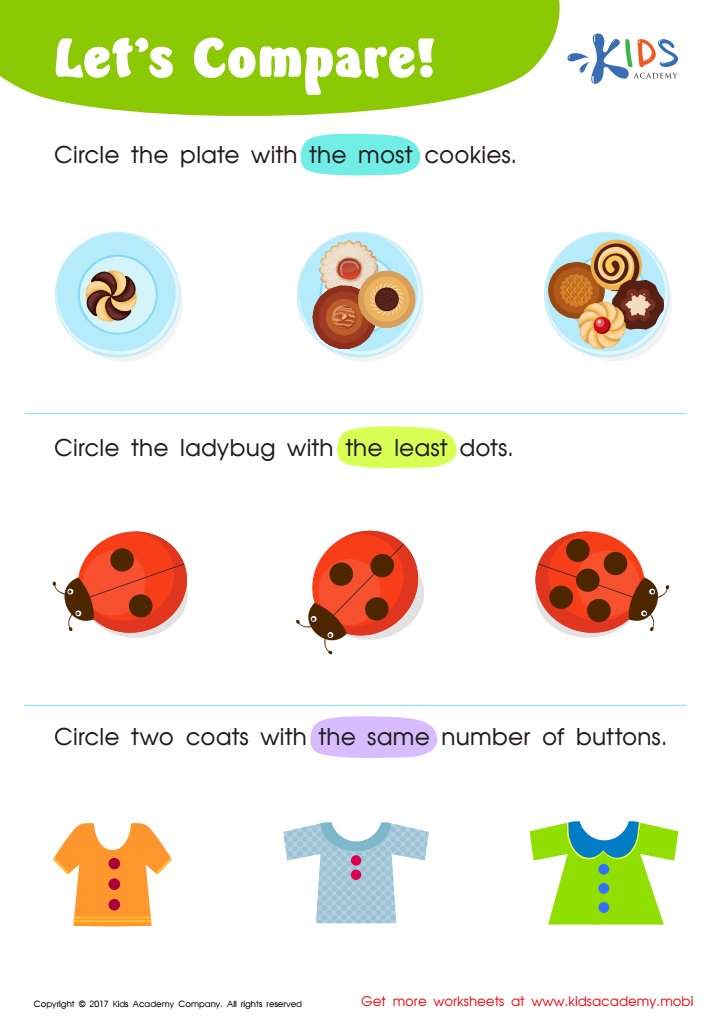

Matching: Classifying Toys by Size Worksheet
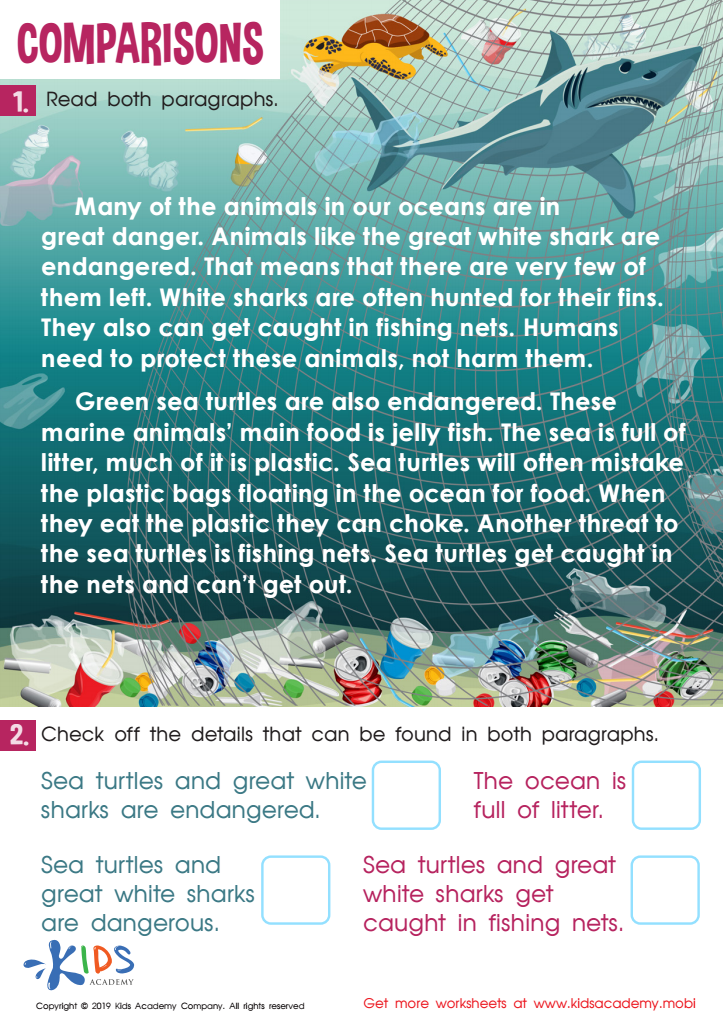

Comparisons Worksheet
Parents and teachers should care about understanding comparisons for children aged 3-8 because this foundational skill significantly enhances early cognitive development. At this age, children are naturally curious and eager to make sense of the world around them. Learning to compare objects, quantities, and experiences helps them categorize information, develop critical thinking skills, and make informed decisions.
Understanding comparisons nurtures mathematical skills by introducing concepts of size, quantity, and measurements. For instance, comparing lengths of toys or amounts of snacks fosters early arithmetic skills essential for future academic success. Moreover, comparisons foster language development; discussing similarities and differences encourages vocabulary expansion, articulate expressions, and enhances communication skills.
Socially, understanding comparisons can aid children in their interactions with peers. They learn to navigate relationships by identifying similarities and differences, thus fostering collaboration and empathy among classmates. Additionally, engaging in discussions about comparisons encourages curiosity and exploration, laying the groundwork for scientific thinking.
Ultimately, prioritizing comprehension of comparisons at this formative stage equips children with key life skills. It promotes logical reasoning, effective communication, and relational understanding, all of which are crucial not just for academic achievement but for personal development and social interactions throughout life.
 Assign to My Students
Assign to My Students





